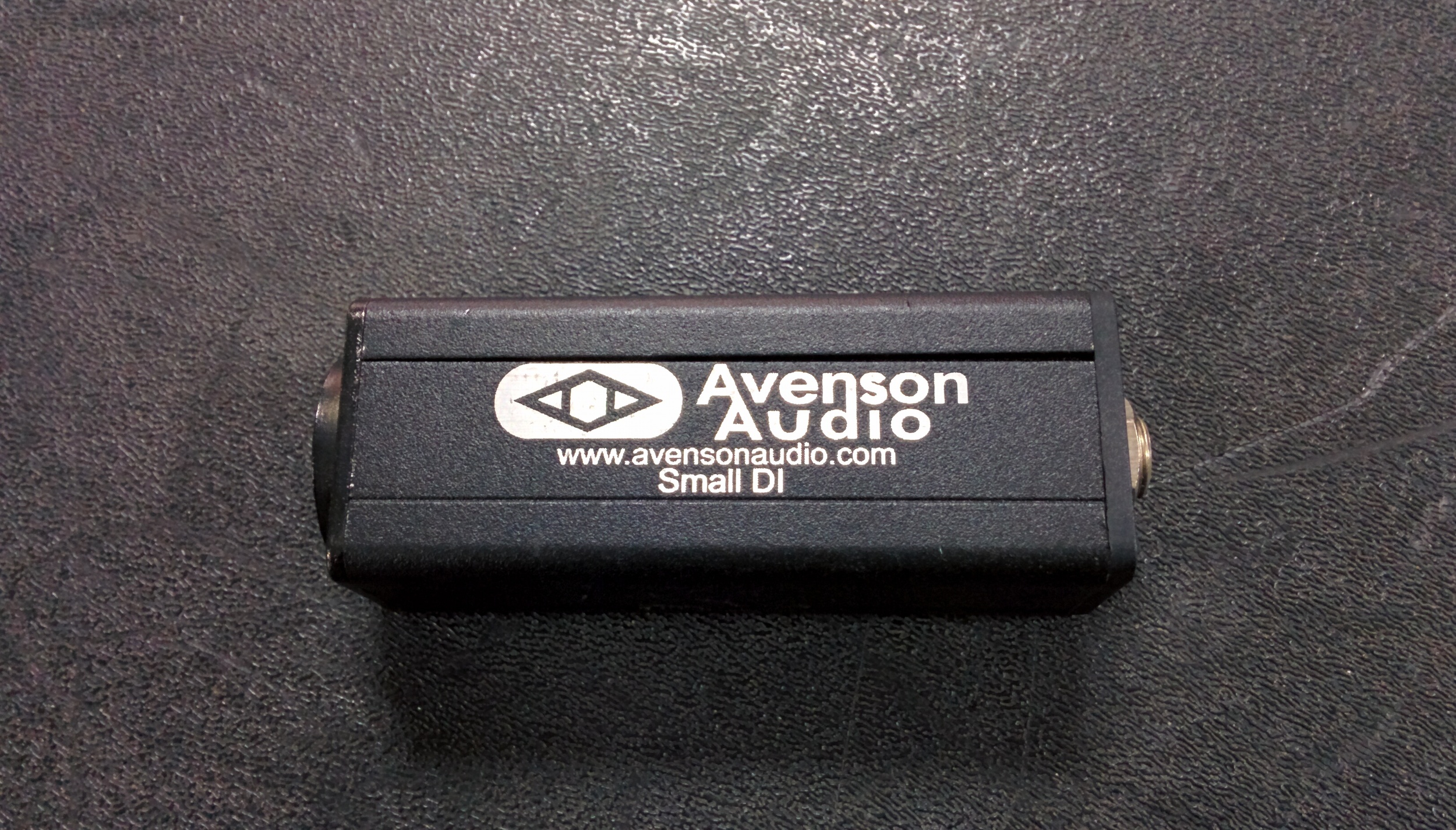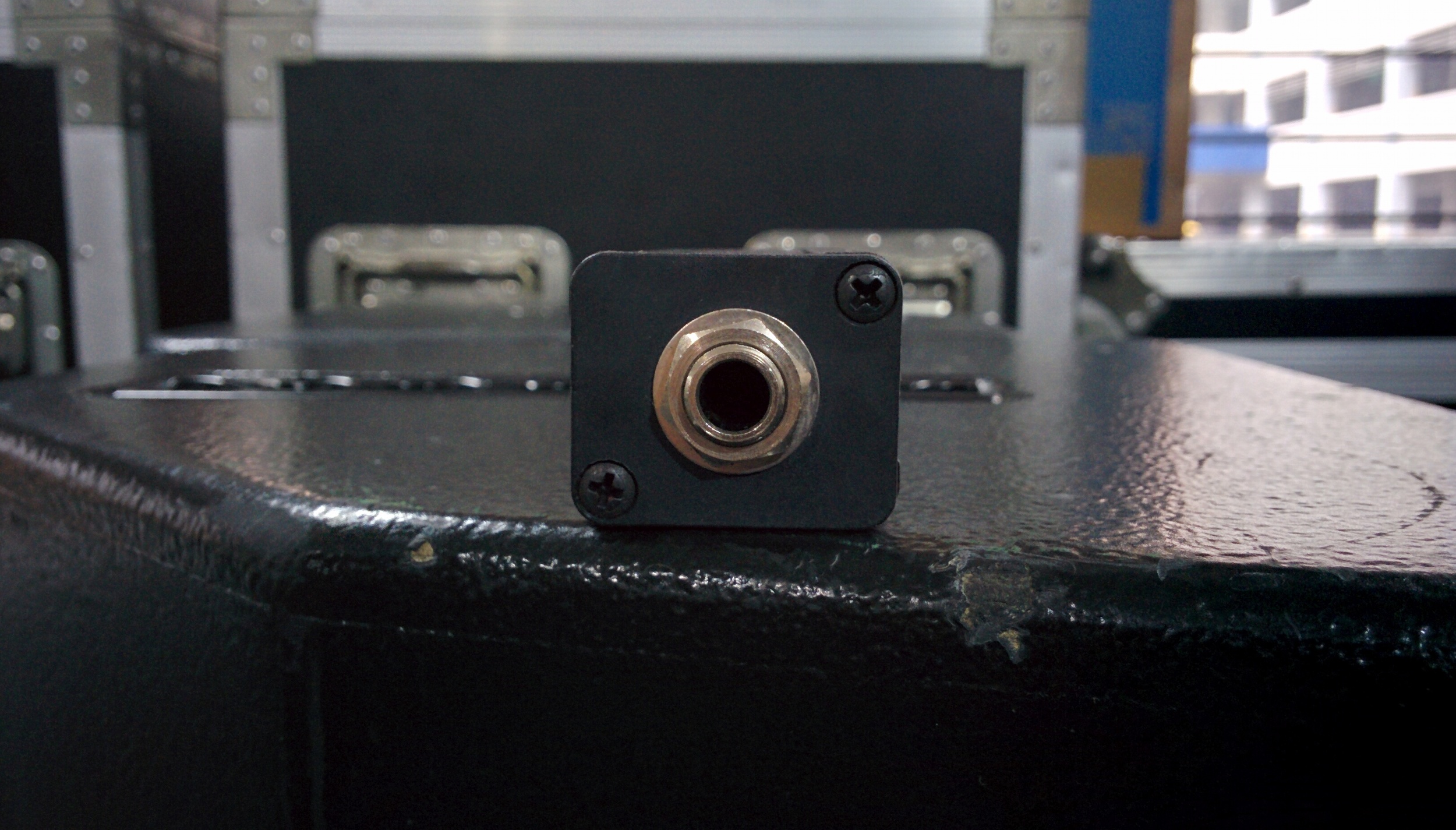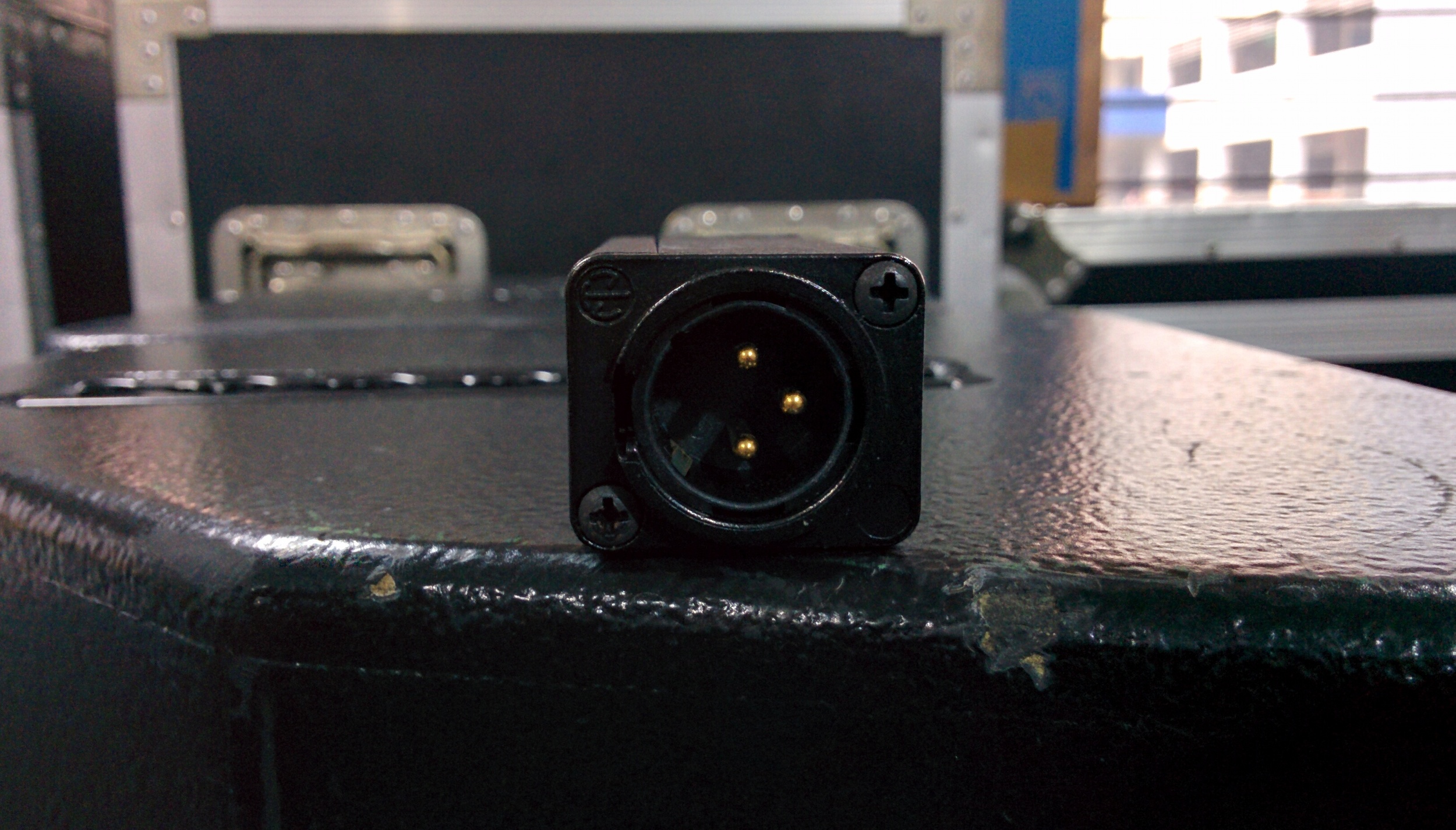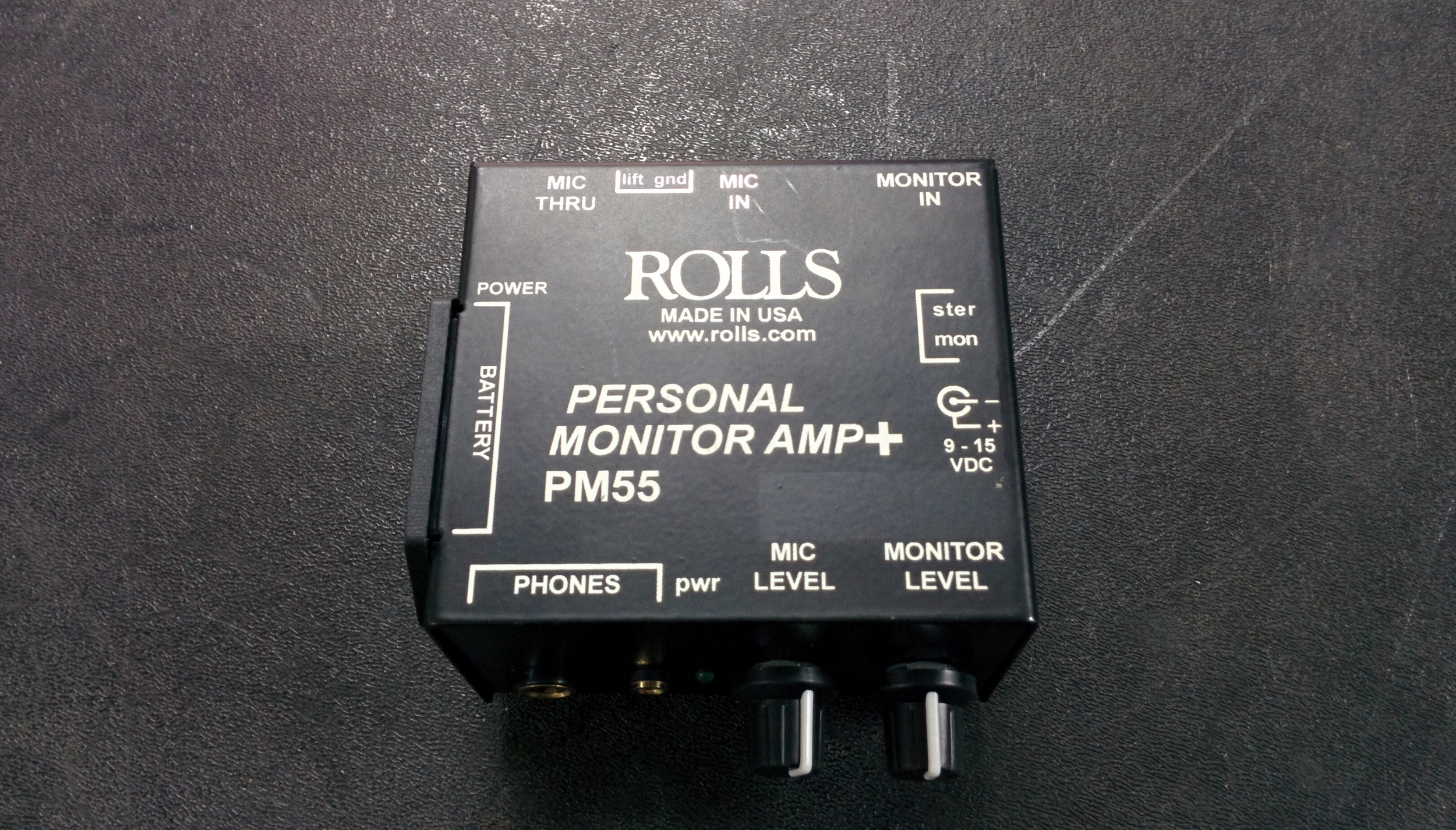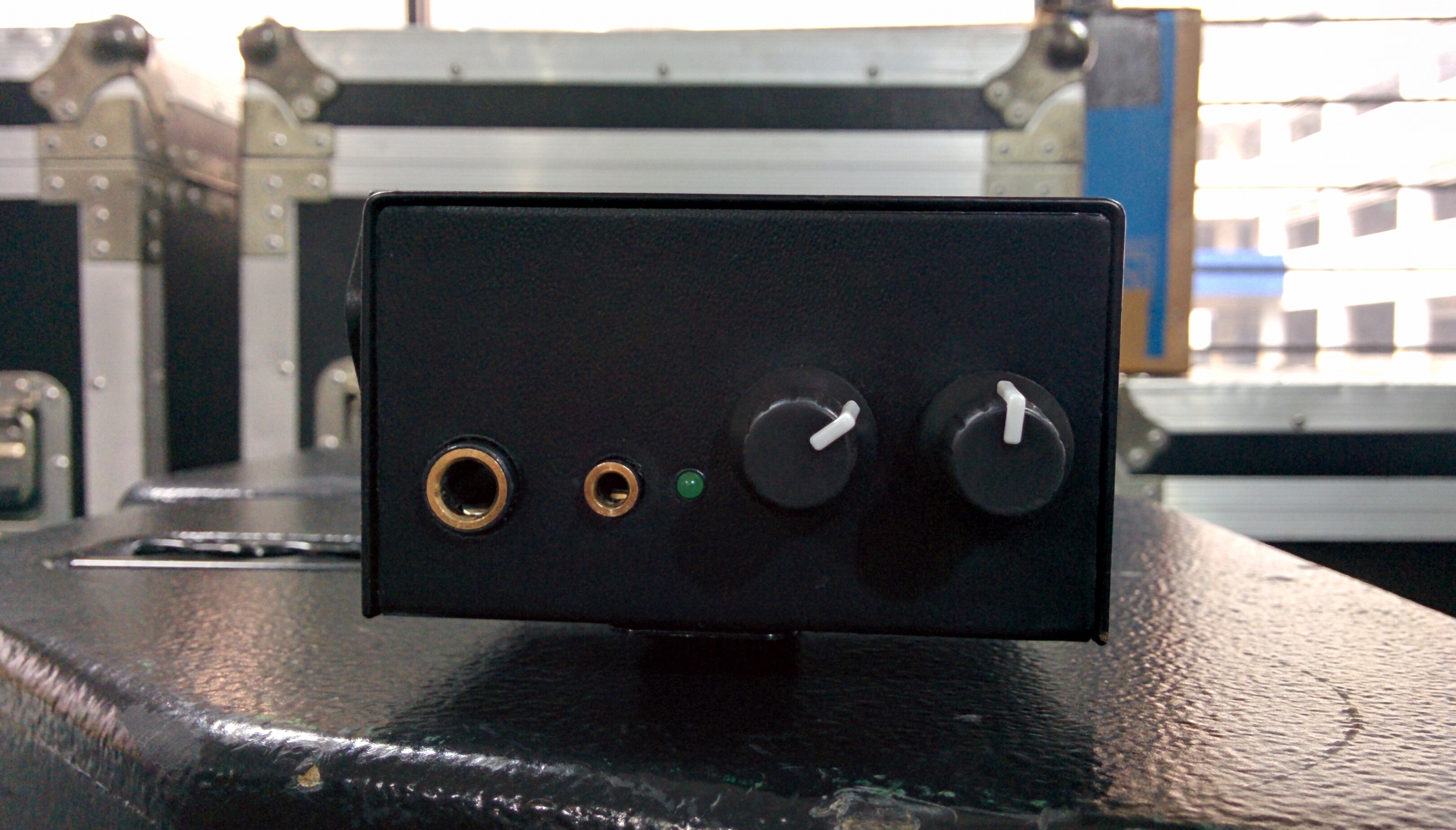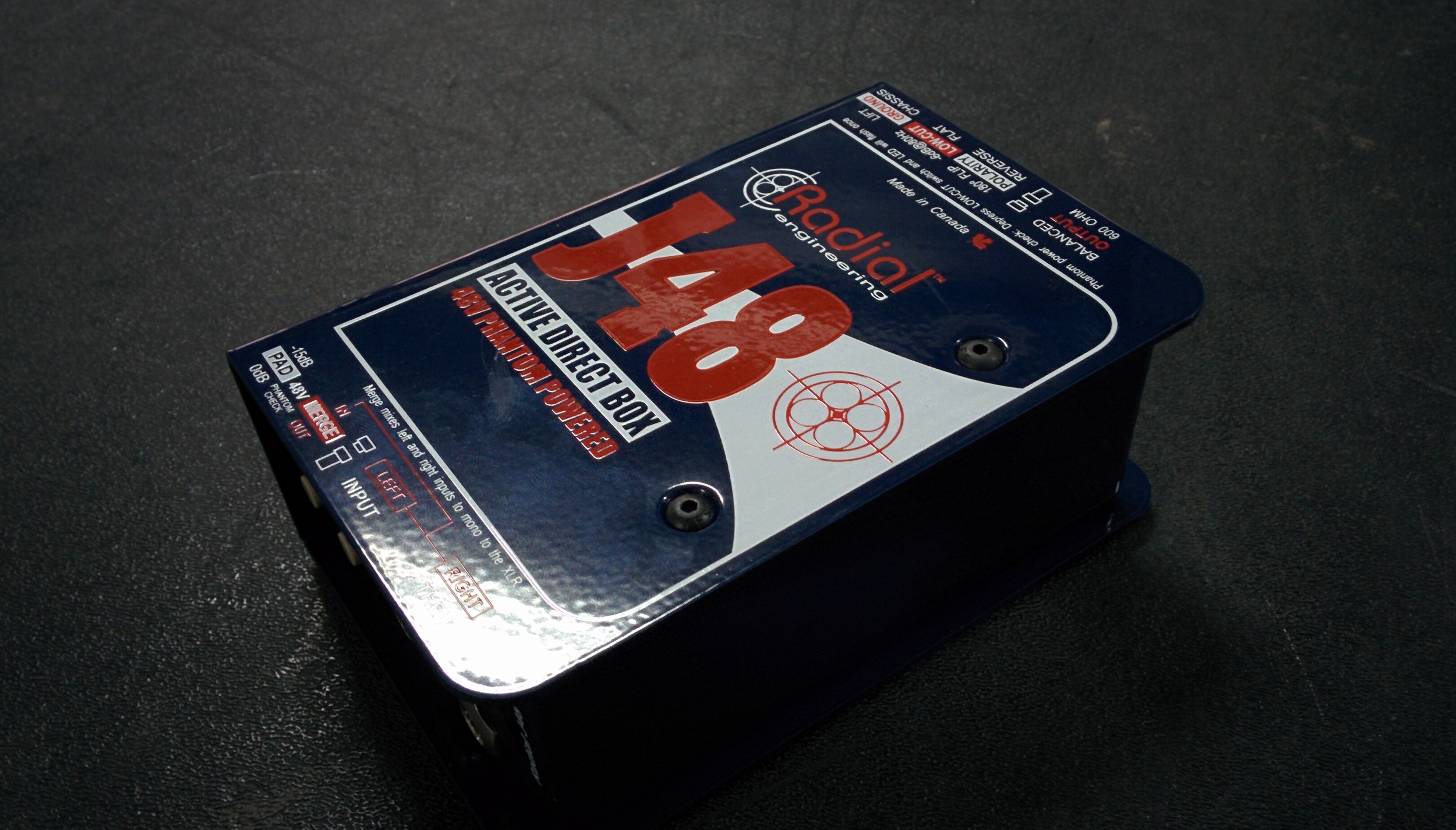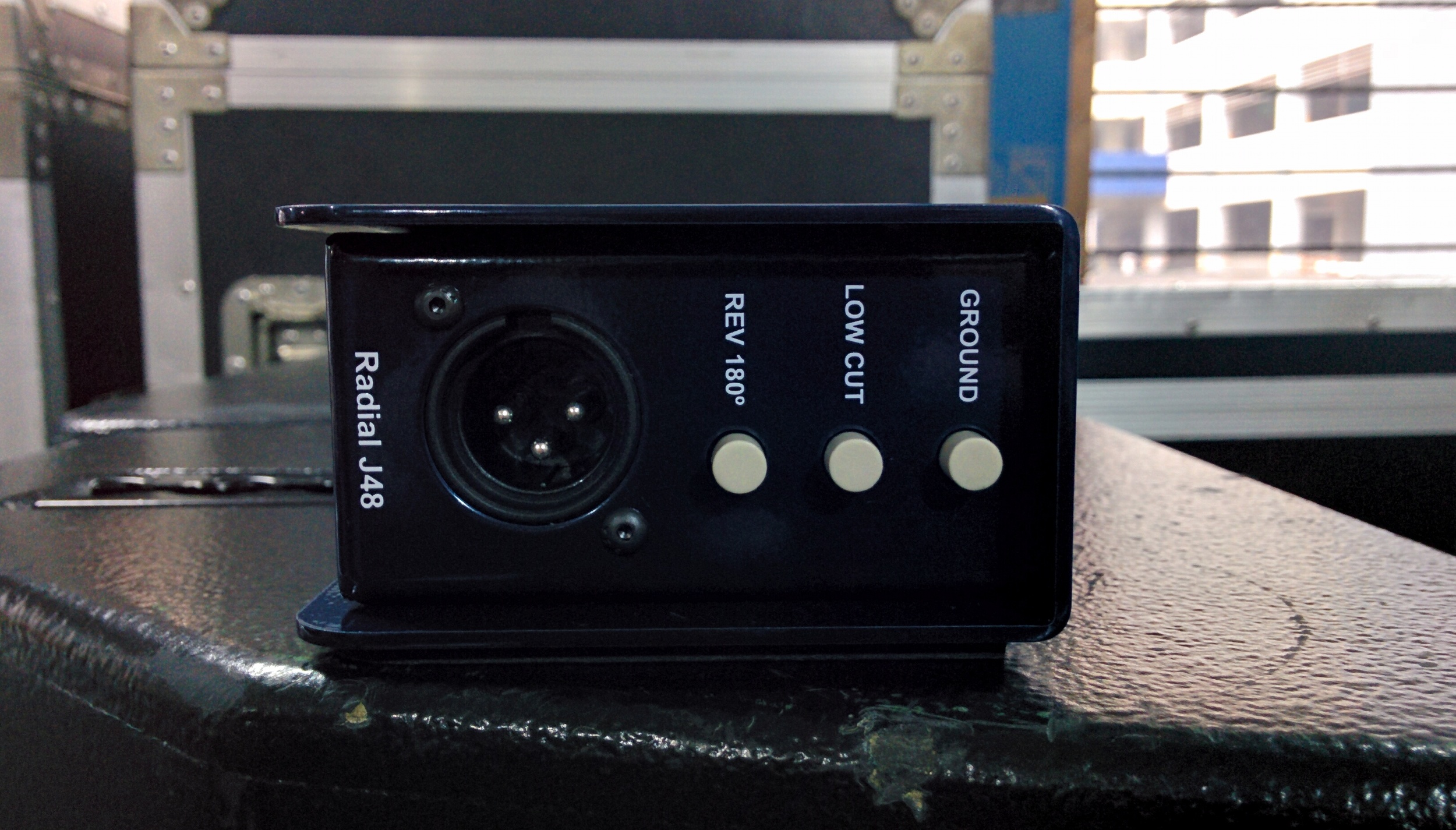New and Interesting audio products - June 2016
Every year, new audio products are being introduced or launched at various trade shows such as NAMM, Musikmesse or Prolight + Sound. These products do not necessarily have to be totally new in the market, they can also be an improved version of their previous products. It's half way through the year 2016 and these are some of the audio products that really interest me.
Schertler Modular Mixer
Schertler has launched their new audio mixer and this is pretty interesting. The Arthur modular mixer, as the name imply, is an audio mixer that can scale through modularity. Currently, the range consists of 6 types of inputs and outputs modules. For the inputs, you have the mic level input, instrument input (Variable impedance, either Hi-Z or Low-Z) and stereo line input. As for the outputs, the line-up consists of a Stereo master bus (L/R master), master bus EQ unit and auxiliary master modular. All these modules use discreet class A components and pure high-voltage DC amps to ensure a high Signal to Noise Ratio (SNR).
Schertler's Arthur Modular Mixer; Credits Schertler
Having a high-quality audio circuitry design and built in these modules might not be its biggest selling. For once, the buyer or engineer has the freedom to purchase the modules that are needed only. This designed encourage flexibility in system design and versatility in system integration. Assembly of the mixer is simple with the locking mechanism (locking signal connectors, connecting rods and hexagonal screws) and you can assemble them in any sequential order. Power supplies for the Arthur modular mixer include a 8 or 16 units compact style power supply or a high power output supply which can be used up to 60 units. For designs that encompass more that 60 modules, the mixer require additional power module unit to allocate adequate power for the mixer to operate.
Large format configuration
Mesanovic Microphones Model 2A Active Ribbon Microphone
Yes, an active ribbon microphone, you did not read that wrong. A ribbon microphone is known to be dedicated as the transducer's design consist of a thin corrugated strip of metal (often aluminium) or film suspended between two magnetic poles. Unlike the moving coil microphone, ribbon strip responds to variation in the velocity of air particles, rather than the sound pressure level (SPL) of the acoustical energy. As the ribbon strip vibrates within its magnetic field, it generates a tiny voltage that corresponds to these changes in velocity of the air particles. The output signal level of these microphones are very low as compared to the conventional moving coil microphone, thus the choice of a preamplifier is very crucial to the use of the ribbon microphone as it acts as a setup transformer to boost the output voltage.
This limitation has restricted many ribbon microphones to be only usable with very high-end equipment. However, the new Model 2A active ribbon microphone from Mesanovic Microphone has included an inbuilt transform to provide additional 30 dB of gain together with a discreet buffer circuit to lower down the output impedance to around 170Ω, a level that is common in the studio or pro audio world. This enables the microphone to be used in many different applications now even with portable audio interfaces. Nonetheless, this ribbon microphone is also very sensitive towards high wind situations as this will stretch out the material.
Mesanovic Microphones Model 2A Active Ribbon Microphone; Credits Mesanovic Microphones
Tascam iXR Audio Interface
This audio interface has caught my eyes with its capabilities to operate on different platforms. The Tascam iXR audio interface was designed for mobile / on the go applications while retaining its operability on desktop DAW software. This audio interface will work with iPad / iPhone using standard USB cable (e.g. lighting cable) or any computer (desktop or laptop) using standard USB type B to type A cable.
Tascam iXR audio interface; Credits Tascam
Unlike the Focusrite iTrack Dock that will only work with the later generations of iPad (lighting connector), the iXR does not limit the user to record on this platform. The Tascam iXR present itself with two inputs (combo units, switchable between Hi-Z or Low-Z) and outputs together with MIDI control (using 5 pin din). The unit is USB bus powered, therefore, allowing the user to record anyway, even in an environment without any nearby power source. Recording time will depend on the battery life of your connect devices.
Focusrite iTrack Dock; Credits Focusrite
The Tascam iXR is attractively priced at $150 USD and every package will include copies of Cubase LE for iPad/Mac/Windows.
Rear view of Tascam iXR. USB A to interface with iPad and USB type B to interface with computer.
YWFU


